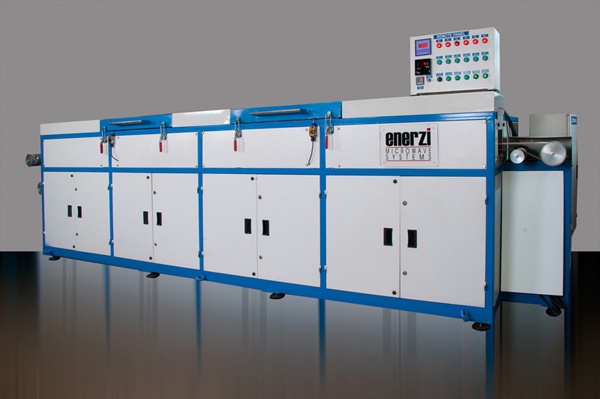Vulcanization is a pivotal process in rubber manufacturing, conferring essential properties like elasticity, strength, and resilience to rubber materials. However, like any industrial process, it is not without its challenges. Vulcanization problems can emerge, resulting in defects in rubber products and adversely affecting production efficiency. In this comprehensive guide, we will delve into some common vulcanization problems encountered in rubber manufacturing and provide in-depth insights into troubleshooting and prevention.
Common Vulcanization Problems:
Over-Vulcanization:
Over-vulcanization arises when rubber compounds endure excessive heat and pressure for an extended period. This leads to several issues, including increased hardness, decreased elasticity, and a risk of product brittleness. Over-vulcanization often occurs due to incorrect curing cycle settings or poor temperature control.
Troubleshooting and Prevention:
Regularly monitor and calibrate vulcanization equipment to ensure precise temperature and pressure control.
Adjust curing cycle parameters to align with the recommended specifications for the rubber compound in use.
Utilize temperature and time profiling to fine-tune the vulcanization process for specific rubber formulations.
Under-Vulcanization:
Under-vulcanization manifests when rubber compounds are not exposed to adequate heat and pressure during the curing process. This results in insufficient cross-linking of polymer chains, leading to poor physical properties, reduced strength, and a heightened risk of premature product failure.
Troubleshooting and Prevention:
Ensure that vulcanization equipment is properly calibrated to maintain the correct curing temperature and pressure.
Scrutinize and adjust curing cycle parameters to meet the requirements of the rubber compound being processed
Implement stringent quality control measures to detect under-vulcanized products early in the production process.
Uneven Curing:
Uneven curing introduces variations in the degree of vulcanization across a rubber product, resulting in disparities in hardness, color, or surface finish. This issue often arises from inadequate mold design or improper mold temperature distribution.
Troubleshooting and Prevention:
Optimize mold design to ensure even heat distribution and minimize the occurrence of hot or cold spots.
Enforce regular maintenance of molds and heating elements to prevent temperature fluctuations.
Continuously monitor and adjust curing parameters to account for specific product geometry and material characteristics.
Blistering and Porosity:
Blisters and porosity in rubber products stem from trapped air or gas within the material during vulcanization. These defects weaken the product and mar its appearance. Blisters typically form due to inadequate degassing of the rubber compound or improper venting of molds.
Troubleshooting and Prevention:
Employ vacuum-assisted molding techniques to eliminate trapped air or gas in the rubber compound.
Ensure that molds are equipped with adequate venting channels to facilitate the release of air during vulcanization.
Review and optimize the compounding process to minimize the introduction of air into the rubber compound.
Mold Fouling and Sticking:
Mold fouling occurs when rubber compounds adhere to the mold surface, leading to surface defects and a reduced mold lifespan. This problem can result from inadequate mold release agents, contamination, or improper mold temperature control.
Troubleshooting and Prevention:
Apply appropriate mold release agents and ensure comprehensive coverage and application.
Maintain stringent cleanliness standards in the manufacturing environment to minimize contamination.
Implement robust monitoring and control of mold temperature to forestall premature vulcanization and sticking.
Conclusion:
Vulcanization problems in rubber manufacturing can disrupt production, compromise product quality, and escalate costs. Troubleshooting and prevention strategies are imperative to effectively address these challenges. By comprehending the causes of over-vulcanization, under-vulcanization, uneven curing, blistering, porosity, mold fouling, and sticking, rubber manufacturers can optimize their processes, enhance product consistency, and ensure the production of high-quality rubber products.
Regular equipment maintenance, process optimization, and a steadfast commitment to quality control are the cornerstones of successful vulcanization in rubber manufacturing. By proactively identifying and rectifying vulcanization issues, manufacturers can enhance the performance and reliability of their rubber products, ultimately benefiting their customers and their bottom line.
Revolutionize Your Production Line with Continuous Vulcanizing Ovens!


No comments yet